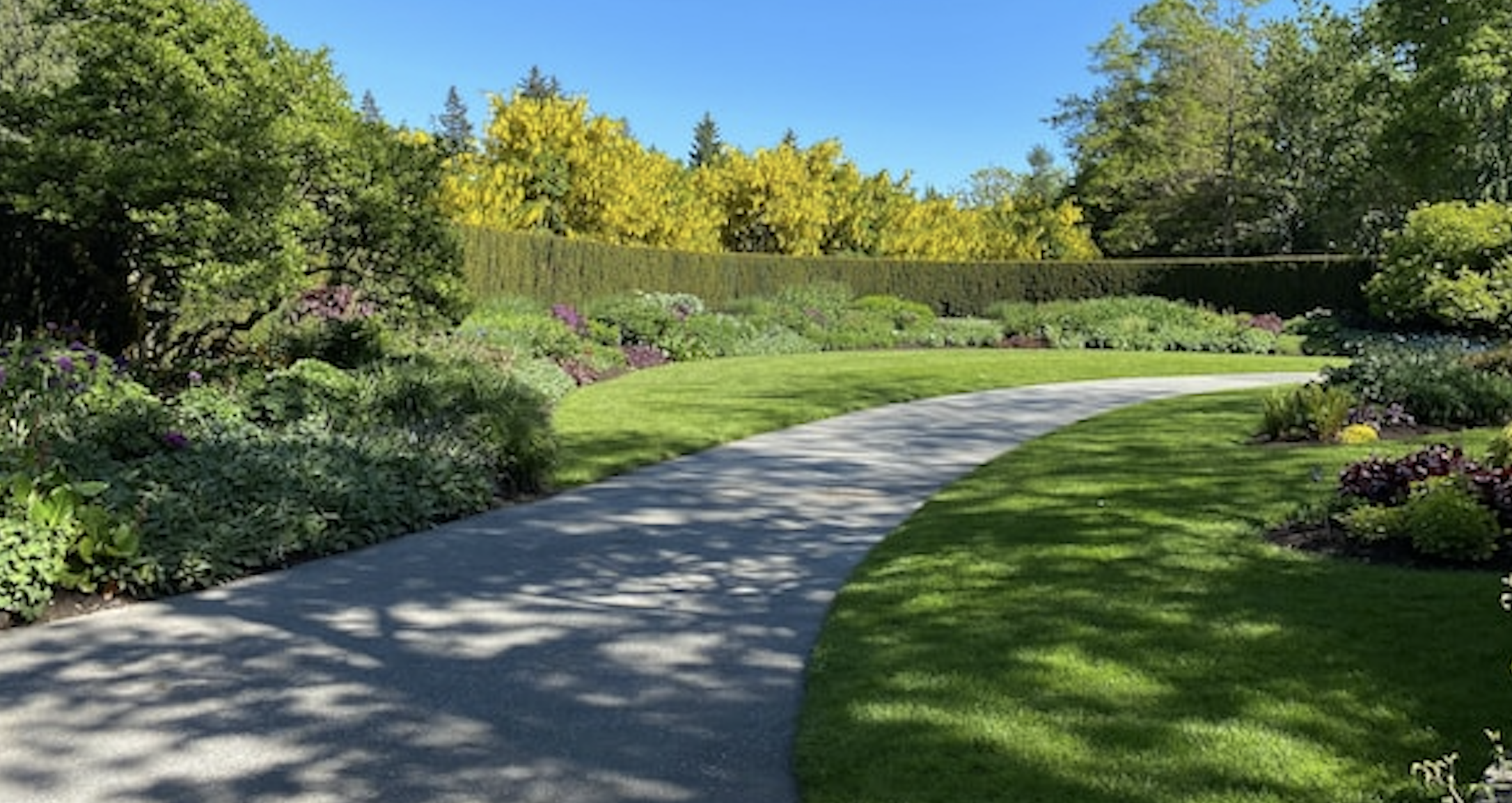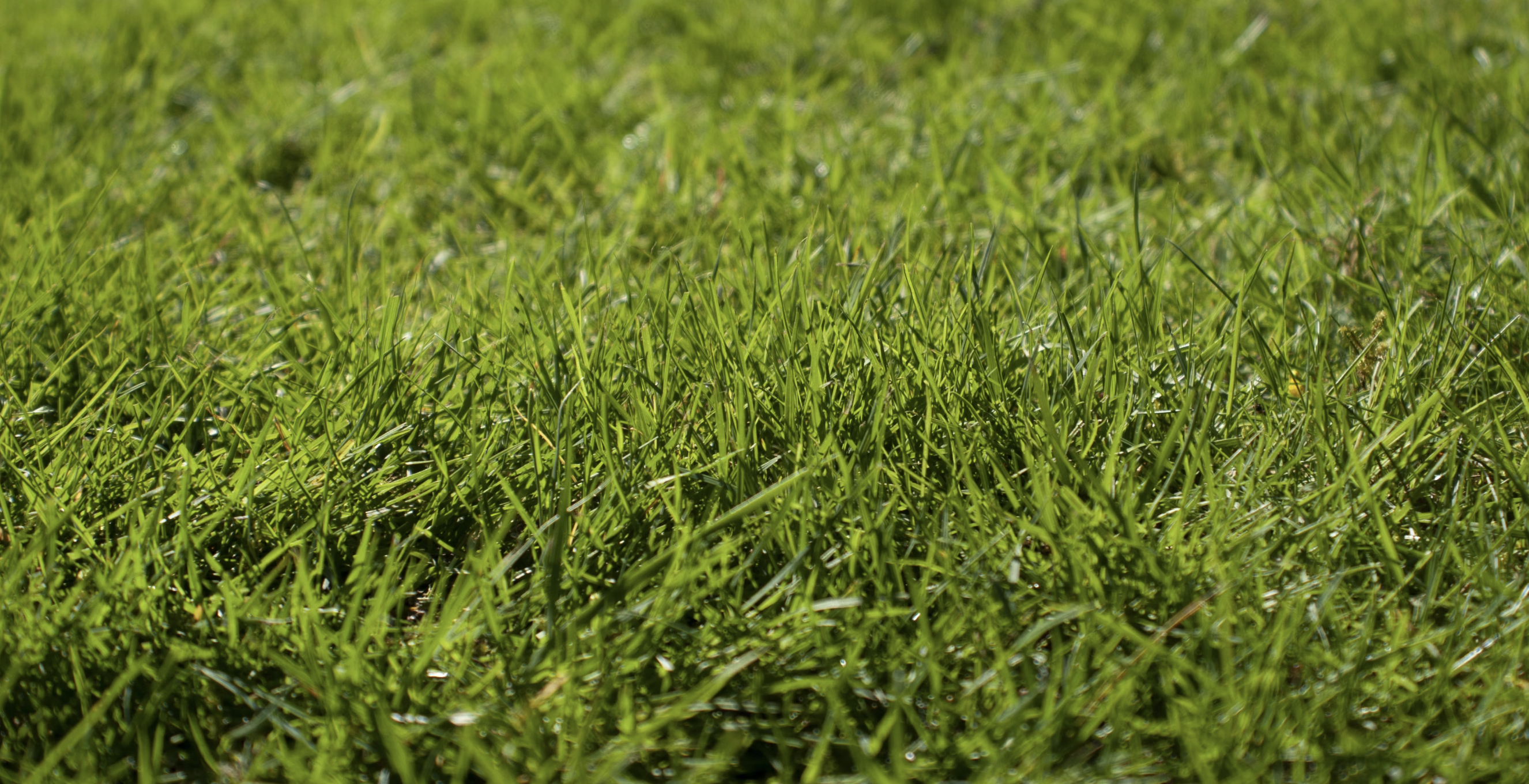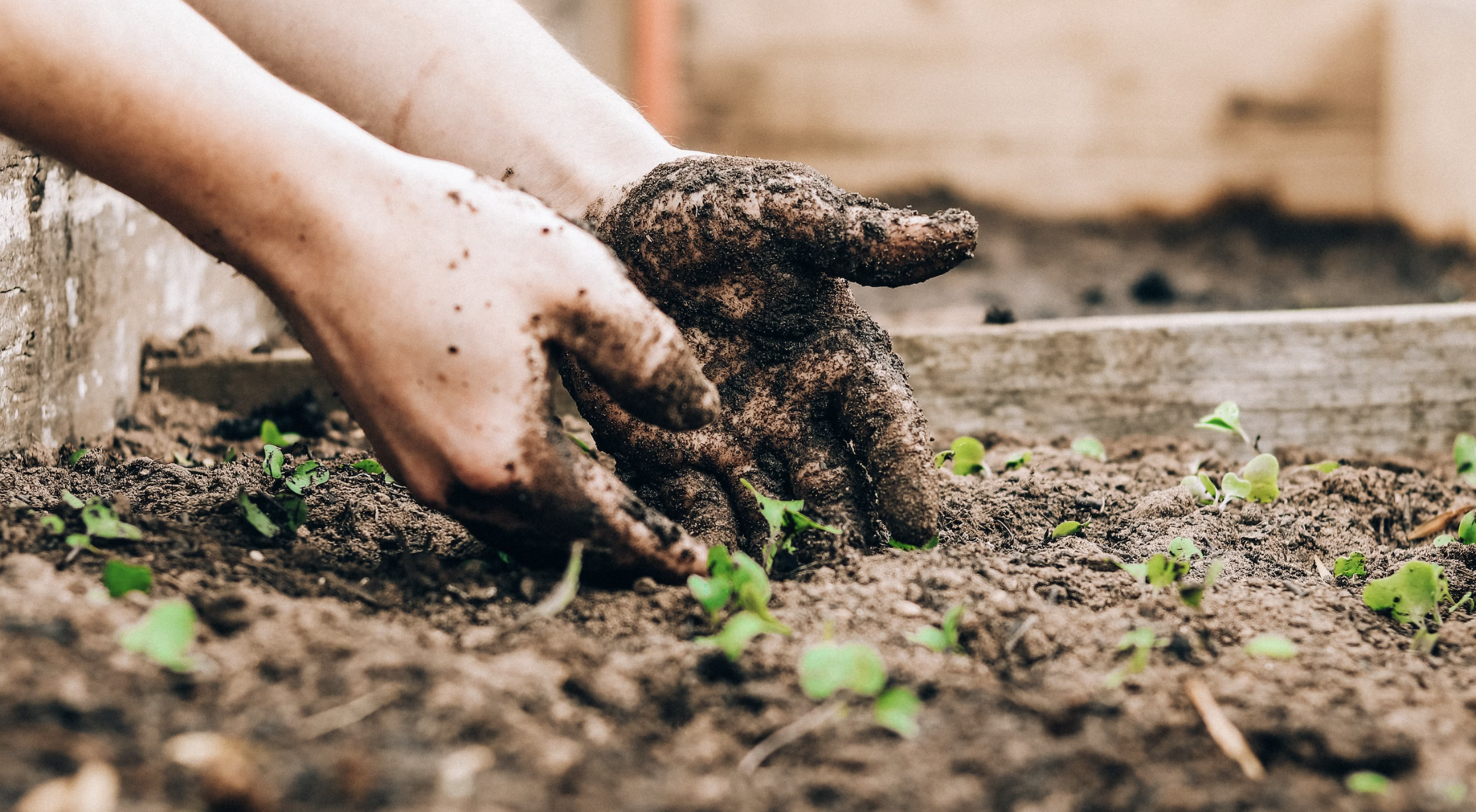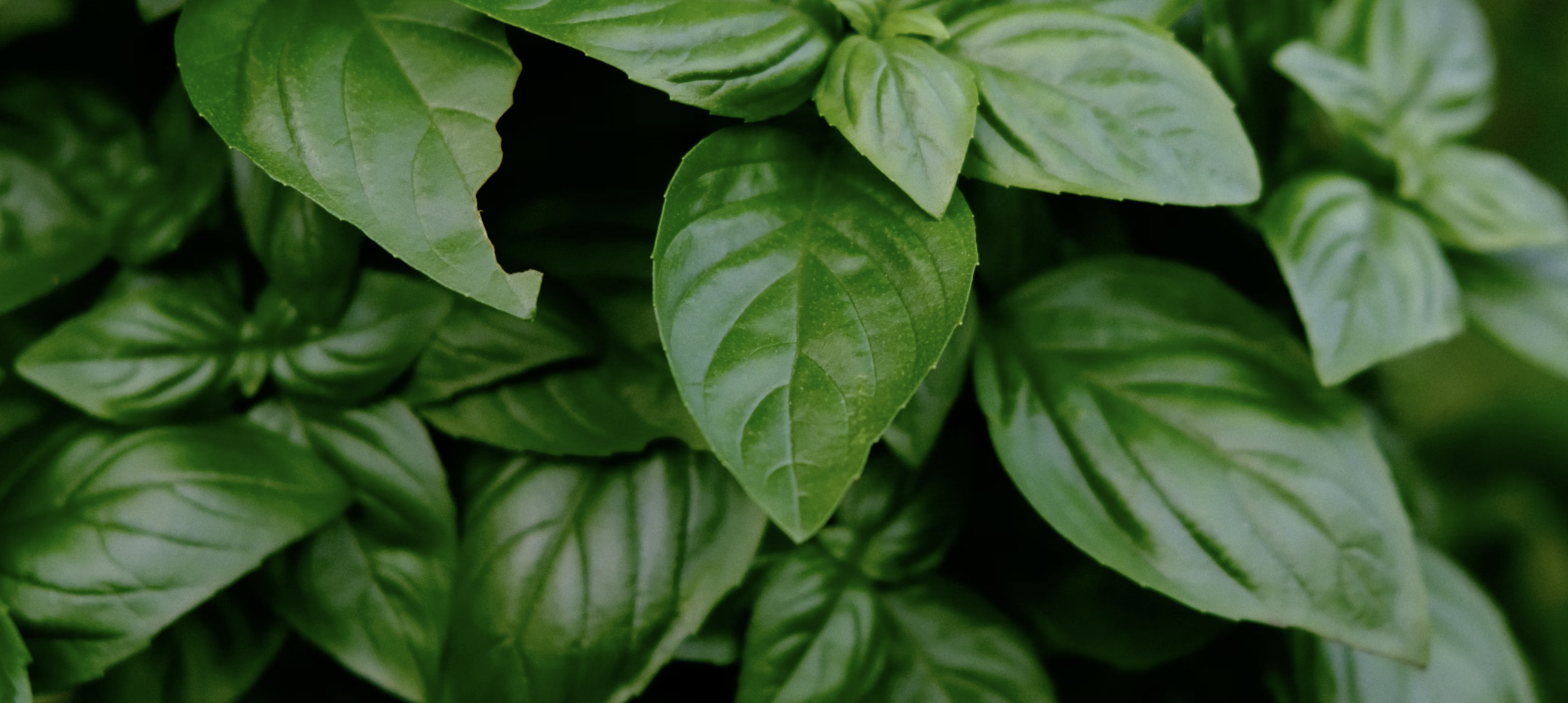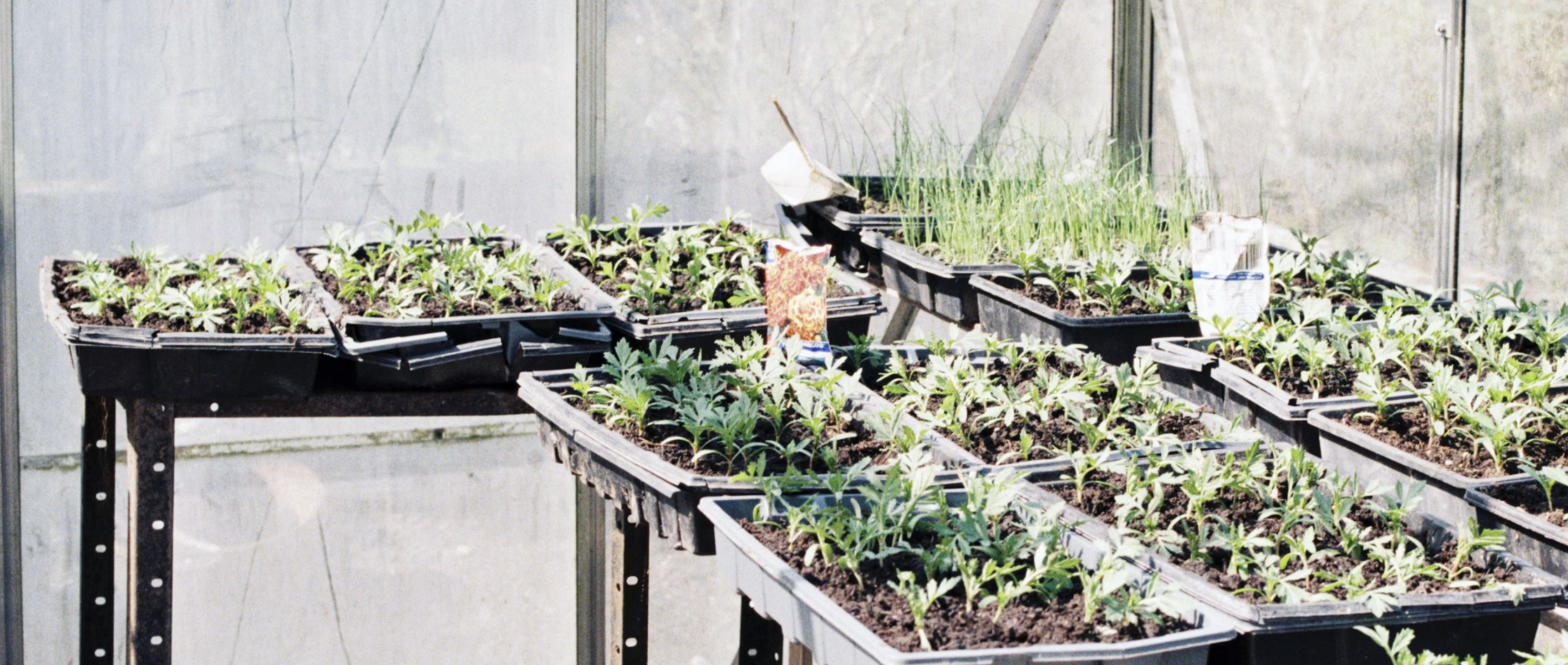
Are you tired of waiting for your lawn to grow? Looking for a smart and efficient way to establish a beautiful lawn? Look no further than hydroseeding! Hydroseeding is a cutting-edge technique that combines water, seed, fertiliser, and a protective mulch to create a perfectly balanced environment for grass growth. This highly effective method not only ensures uniform coverage but also promotes healthy root development, resulting in a lush and vibrant lawn.
With hydroseeding, you can say goodbye to tedious manual seeding and uneven germination. The process is quick, cost-effective, and environmentally friendly, making it a popular choice among homeowners and landscaping professionals alike. Whether you're starting from scratch or need to repair and improve your existing lawn, hydroseeding offers a hassle-free solution.
At My Vegetable Garden, we are dedicated to providing you with the best lawn care solutions. With our expertise and state-of-the-art hydroseeding equipment, we can transform your outdoor space into a lush and inviting oasis. Experience the beauty of a well-established lawn with hydroseeding – the smart choice for achieving the lawn of your dreams.
What is hydroseeding?
Hydroseeding, also known as hydraulic mulch seeding or hydro-mulching, is a planting process that uses a mixture of water, seed, fertilizer, and mulch to establish vegetation. The mixture is sprayed evenly over the designated area, providing optimal conditions for seed germination and plant growth. This technique has been widely adopted for establishing lawns, controlling erosion, and revegetating large areas.
Hydroseeding offers several advantages over traditional seeding methods, making it a preferred choice for many homeowners and professionals.
Advantages of hydroseeding over traditional seeding methods
1. Uniform coverage: Hydroseeding ensures even distribution of seeds, resulting in a uniform and dense lawn. Traditional methods like broadcasting or hand seeding often lead to uneven germination and patchy growth.
2. Faster germination: The hydroseeding mixture contains a carefully selected seed blend, fertilizer, and other additives that promote rapid germination. In just a few weeks, you can start enjoying a lush and green lawn.
3. Erosion control: Hydroseeding helps prevent soil erosion on slopes and bare areas. The mulch in the mixture acts as a protective cover, preventing soil erosion from wind and water.
4. Cost-effective: Compared to sodding, hydroseeding is a more cost-effective option. It requires less labor and materials, making it an affordable choice for large lawn areas.
5. Environmentally friendly: Hydroseeding promotes a healthy ecosystem as it uses biodegradable materials and reduces the need for chemical treatments. It also helps conserve water by retaining moisture in the soil.
The hydroseeding process
The hydroseeding process involves several key steps to ensure successful lawn establishment. Let's take a closer look at each stage:
1. Site preparation: Before hydroseeding, it's important to prepare the site properly. Clear the area of any debris, rocks, or weeds. Level the ground if necessary and address any drainage issues.
2. Seed selection: Choose the right seed blend for your specific lawn needs. Factors such as climate, soil type, and sun exposure should be taken into consideration. Consult with a lawn care professional to determine the best seed mixture for your area.
3. Mixture preparation: The hydroseeding mixture consists of water, seed, fertilizer, and mulch. The proportions and ingredients may vary depending on the specific requirements of your lawn. The mixture is prepared in a hydroseeding machine, which combines and agitates the components.
4. Application: Once the mixture is ready, it is sprayed evenly over the designated area using a high-pressure hose or nozzle. The spray pattern should be consistent to achieve uniform coverage. The mulch in the mixture acts as a protective barrier, preventing soil erosion and retaining moisture.
5. Watering and maintenance: After hydroseeding, it's crucial to water the area regularly to keep the soil moist. Follow the watering schedule recommended by your lawn care professional. Avoid excessive watering, as it can lead to oversaturation and poor root development. Additionally, proper maintenance practices such as mowing, fertilizing, and weed control should be implemented to ensure optimal lawn health.
Choosing the right hydroseeding mixture for your lawn
Selecting the appropriate hydroseeding mixture is crucial for achieving the desired results. The mixture should be tailored to suit the specific needs of your lawn, taking into account factors such as soil type, climate, and desired grass species. Here are some common components of a hydroseeding mixture:
1. Grass seed: Choose a seed blend that is suitable for your region and lawn conditions. Consider factors such as sun exposure, foot traffic, and desired aesthetics. Popular grass species for hydroseeding include Kentucky bluegrass, perennial ryegrass, and tall fescue.
2. Fertilizer: The fertilizer component of the mixture provides essential nutrients for seed germination and early plant growth. Select a slow-release fertilizer that contains nitrogen, phosphorus, and potassium. The fertilizer should be compatible with the chosen grass seed and soil conditions.
3. Mulch: The mulch component helps retain moisture, prevent soil erosion, and protect the seeds from harsh weather conditions. Common mulch materials used in hydroseeding include wood fiber, straw, and paper. Choose a mulch that is free from weed seeds and contaminants.
4. Additives: Depending on your lawn's needs, additional additives may be included in the hydroseeding mixture. These can include soil conditioners, pH adjusters, growth stimulants, and bio-stimulants. Consult with a lawn care professional to determine if any specific additives are necessary for your lawn.
Preparing your lawn for hydroseeding
Proper preparation of your lawn is essential for the success of the hydroseeding process. Follow these steps to ensure a suitable environment for seed germination and healthy grass growth:
1. Remove existing vegetation: Clear the area of any existing grass, weeds, or debris. Use a lawnmower or a sod cutter to strip away the vegetation. This step ensures that the hydroseeding mixture makes direct contact with the soil.
2. Address drainage issues: If your lawn has poor drainage, take steps to improve it before hydroseeding. Proper drainage prevents waterlogging and ensures that the grass roots have access to oxygen. Consider installing drainage tiles or grading the area to redirect water away from the lawn.
3. Soil preparation: Test the soil to determine its pH level and nutrient content. Based on the results, you may need to amend the soil with lime, sulfur, or organic matter to achieve the optimal pH and nutrient balance for your grass. Loosen compacted soil with a rake or a tiller to improve root penetration.
4. Level the ground: If your lawn has uneven areas or low spots, level the ground to ensure uniform coverage of the hydroseeding mixture. Use a rake or a leveling tool to smooth out the surface.
5. Address weed control: Before hydroseeding, it's important to control weeds in the area. Apply a pre-emergent herbicide to prevent weed seeds from germinating. Follow the manufacturer's instructions and consult with a lawn care professional for appropriate herbicide selection and application.
Hydroseeding maintenance tips for a successful lawn establishment
Proper maintenance is crucial during the initial stages of hydroseeding to ensure the establishment of a healthy and vibrant lawn. Follow these maintenance tips to maximize the success of your hydroseeding project:
1. Watering: After hydroseeding, water the area regularly to keep the soil moist. Follow the watering schedule provided by your lawn care professional. Typically, you'll need to water lightly multiple times a day for the first few weeks, gradually reducing the frequency as the grass establishes.
2. Avoid excessive foot traffic: During the early stages of lawn establishment, minimize foot traffic on the hydroseeded area. Excessive foot traffic can damage the delicate grass seedlings and hinder their growth.
3. Mowing: Once the grass reaches a height of approximately 3 inches, it's time to mow. Set the mower blades to a height of 2-2.5 inches to encourage healthy root development. Avoid cutting more than one-third of the grass blade length at a time to prevent stress on the grass.
4. Fertilization: Depending on the specific needs of your lawn, you may need to apply additional fertilizer after the initial hydroseeding. Consult with a lawn care professional to determine the appropriate timing and type of fertilizer for your grass species.
5. Weed control: Keep an eye out for weeds and address them promptly. Use a selective herbicide to target weeds without harming the desired grass. Follow the manufacturer's instructions and consult with a lawn care professional for appropriate herbicide selection and application.
Common mistakes to avoid when hydroseeding
While hydroseeding can be a highly effective method for establishing a beautiful lawn, there are some common mistakes that should be avoided:
1. Insufficient watering: Proper watering is crucial for seed germination and grass establishment. Avoid underwatering or overwatering, as both can lead to poor results. Follow the watering schedule recommended by your lawn care professional.
2. Using low-quality seed: The success of hydroseeding largely depends on the quality of the grass seed. Using low-quality or outdated seed can result in poor germination and weak grass growth. Invest in high-quality seed from reputable suppliers.
3. Skipping soil preparation: Proper soil preparation is essential for the success of hydroseeding. Skipping this step can lead to poor root development, uneven growth, and weed infestation. Take the time to address soil pH, nutrient levels, and drainage issues before hydroseeding.
4. Neglecting maintenance: Hydroseeding requires ongoing maintenance to ensure optimal lawn health. Neglecting proper watering, mowing, and fertilization can result in weak and patchy grass growth. Follow the recommended maintenance practices for long-term success.
5. Not consulting a professional: Hydroseeding may seem straightforward, but it's always beneficial to consult with a lawn care professional. They can assess your lawn's specific needs, recommend the best seed blend and hydroseeding mixture, and provide expert guidance throughout the process.
Hydroseeding vs. sodding: a comparison
When it comes to establishing a new lawn, homeowners often face the dilemma of choosing between hydroseeding and sodding. Let's compare these two methods to help you make an informed decision:
1. Cost: Hydroseeding is generally more cost-effective than sodding. Hydroseeding requires less labor and materials, making it an affordable option for large lawn areas. Sodding, on the other hand, involves the installation of pre-grown grass rolls, which can be more expensive.
2. Time: Hydroseeding is a quicker method compared to sodding. The hydroseeding process can be completed within a day or two, depending on the size of the lawn. Sodding, on the other hand, requires the removal of existing vegetation, soil preparation, and the installation of sod rolls, which can take several days or even weeks.
3. Uniformity: Hydroseeding provides uniform coverage and promotes even grass growth. Sodding offers instant results with an established lawn, but slight variations in the sod rolls can result in an uneven appearance.
4. Establishment success: Both hydroseeding and sodding have high success rates when done correctly. However, hydroseeding requires proper maintenance and care during the initial stages to ensure successful establishment. Sodding, on the other hand, provides an instant lawn but requires careful handling and proper installation techniques.
Consider your budget, timeline, and personal preferences when deciding between hydroseeding and sodding. Consult with a lawn care professional to determine the best option for your specific needs.
Cost considerations for hydroseeding
The cost of hydroseeding can vary depending on several factors, including the size of the lawn, location, seed type, and any additional services required. Here are some cost considerations to keep in mind:
1. Lawn size: The larger the lawn area, the higher the hydroseeding cost. Hydroseeding is generally more cost-effective for larger areas compared to smaller ones.
2. Seed type: The cost of the hydroseeding mixture will depend on the type of grass seed chosen. Higher-quality seed blends may be pricier but can result in a more vibrant and resilient lawn.
3. Additional services: If your lawn requires additional services such as soil testing, soil amendments, or weed control, these will add to the overall cost. Consult with a lawn care professional to determine the specific services needed for your lawn.
4. Labor and equipment: The cost of labor and equipment can vary depending on the region and the specific lawn care provider. Obtain multiple quotes from reputable professionals to ensure you're getting a fair price.
Consider the long-term benefits of hydroseeding when evaluating the cost. A well-established lawn can increase your property value and provide years of enjoyment.
Conclusion: Enjoy the benefits of a lush and healthy lawn with hydroseeding
Hydroseeding offers a smart and efficient way to establish a beautiful lawn. With its uniform coverage, fast germination, and environmental benefits, hydroseeding has become a popular choice among homeowners and landscaping professionals. By following the proper hydroseeding process, selecting the right seed blend, and maintaining your lawn with regular care, you can enjoy the beauty of a lush and healthy lawn.
At [Brand Name], we are dedicated to providing you with the best lawn care solutions. With our expertise and state-of-the-art hydroseeding equipment, we can transform your outdoor space into a lush and inviting oasis. Experience the benefits of hydroseeding and achieve the lawn of your dreams. Contact us today to get started on your hydroseeding journey.
Remember, with hydroseeding, you can save time, money, and effort while achieving exceptional results. Say goodbye to patchy lawns and uneven growth – hydroseeding is the smart choice for establishing a beautiful and vibrant lawn.



